Mongolian Mountains
Private House
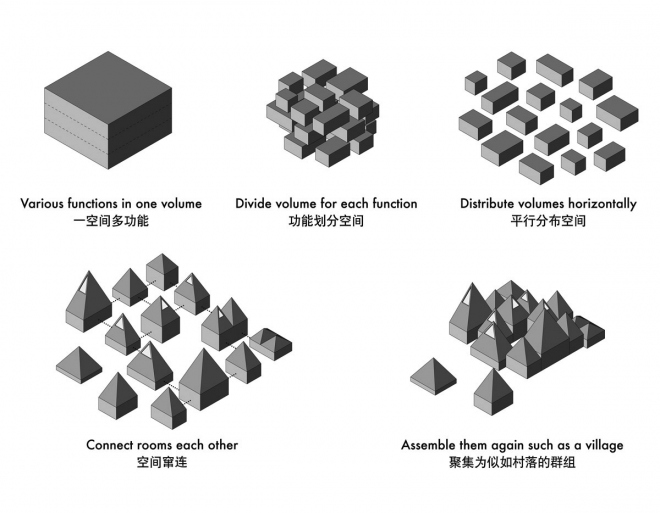
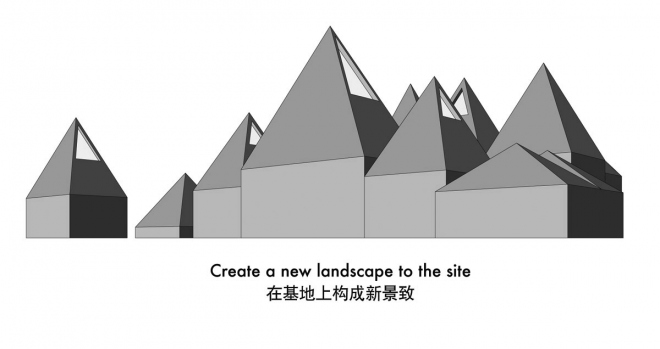
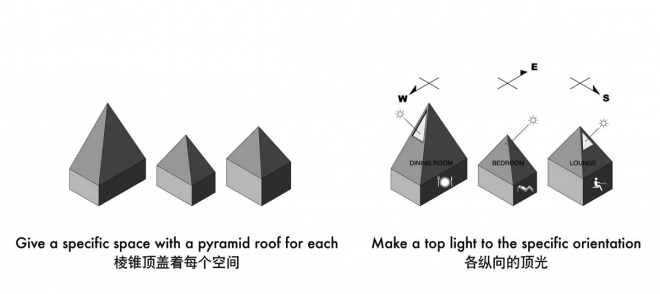

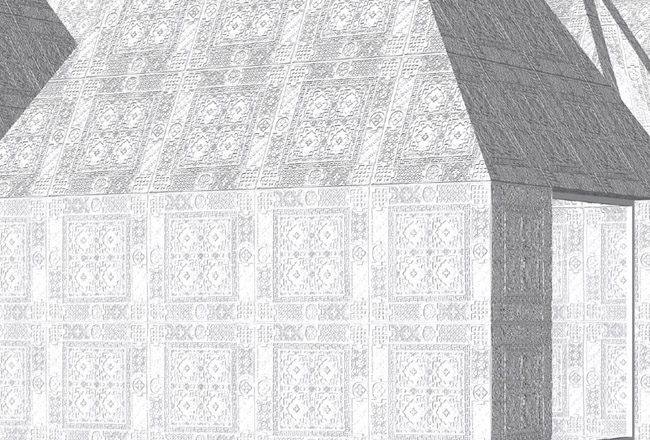
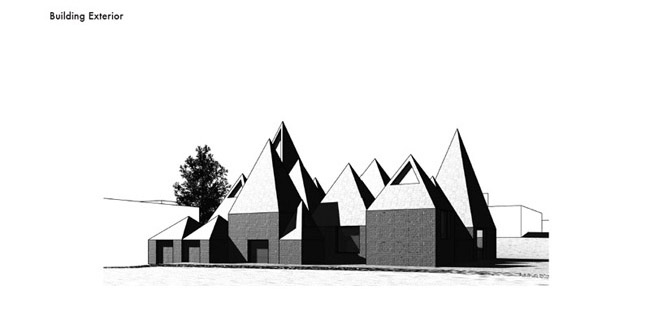
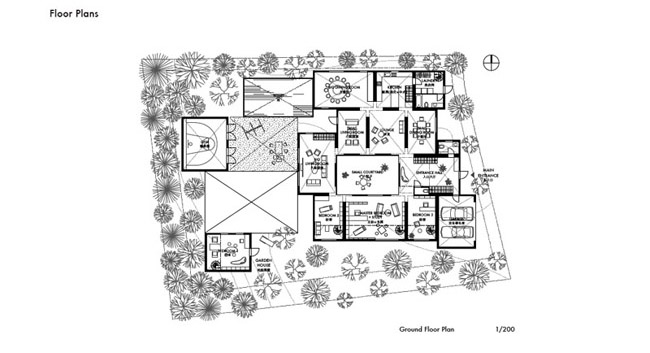
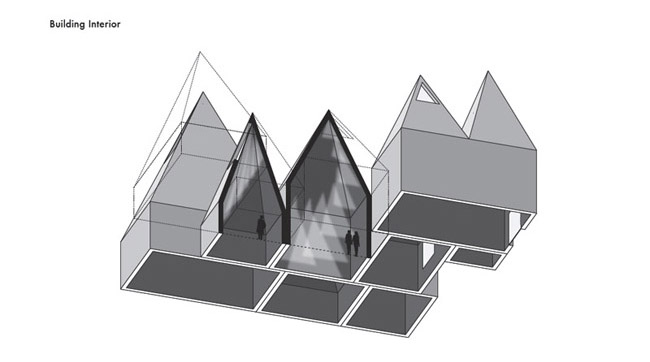
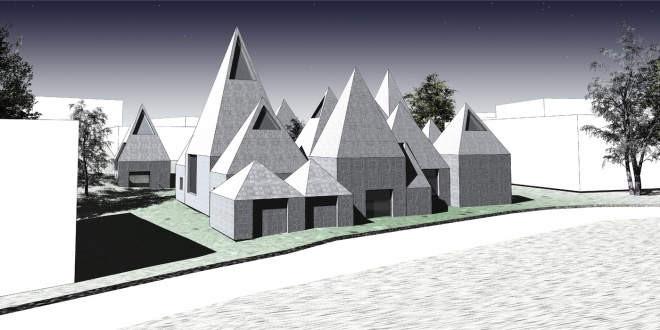
To Hell with Genus Loci?
What is the relationship between residential architecture and the specificities of a site? Should architecture react to a given situation and embed itself into a local context and culture? Or should it introduce novel elements, displace spatial conditions, or even create something akin to a fata-morgana?
The design for the villa in Ordos attempts to debate these different standpoints through its architectural elements. One of the main starting points was the decision to disassemble the notion of the villa as a volume of stacked floors and instead distribute its functions and spaces across the site. Contained in individual volumes that are shaped similar to the paradigmatic house or hut, the spaces connect closely to each other. Having one function per space and one space per function, this arrangement makes the normally ever-present circulation spaces unnecessary. The ensemble creates a village-like condition in miniature scale on the site, organized around a central courtyard.
With skylights directed to relevant orientations for each function (bedrooms towards east, dining room towards west, kitchen towards north, etc.) the sun paints a different play of light and shadow in each space, enhancing the spatial effect of the high volumes. This shape of the individual volumes creates a sensuous play with light on the inside, and a dramatic landscape of ‘Mongolian mountains’ on the outside.
All volumes are constructed out of a modular building system, with pre-cast concrete elements, that are embossed with a pattern and texture derived from local carpet making. This relief will weather, express the change of the seasons, and maybe even be vegetated with moss or small plants. Thus over time, the displaced Mongolian mountains will carry the imprint of nature.
Construction Method
The complete building is based on a 1 by 1 meter unit module of pre-fabricated sandwich elements. These elements are produced of reinforced concrete, include a core layer of insulation and are finished on the outside with an embossed pattern creating a particular kind weathering over time, with moss filling the dents and grooves, like a second nature